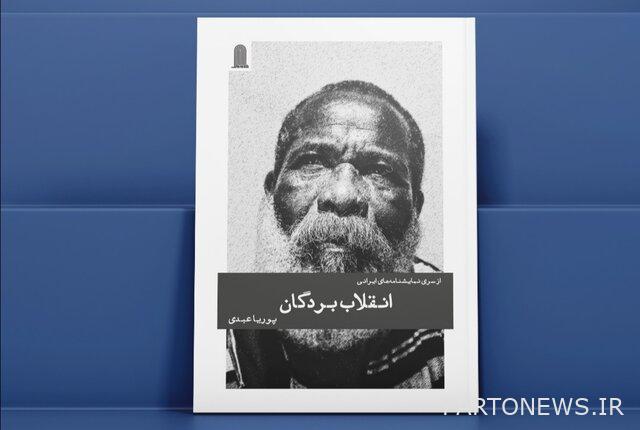The “Slave Revolution” was published

The play “Slave Revolution” written by Pouria Abdi went to the book market.
Theater News Base: This three-screen play in 74 pages with 500 copies and a price of 28,500 Tomans has been published by Nizam-ol-Molk Publications.
The writing on the back cover of the book reads: “The play ‘Slave Revolution’ is a situation-based tragedy; The situation is gradually increasing the tension between his characters, and this issue overshadows everything. It is the position and confrontation between the characters that drives the drama and reveals the complexity of the characters in the play. “Characters who have been placed in a special position by geographical and racial determinism.”
In the introduction of this book, Pouria Abdi has written: In the writing form of “Slave Revolution”, an attempt has been made to use minimal language as the main key to the play. In this regard, concise phrases, interruptions, repeated pauses, intermittent pauses, repetition and sudden acceleration in the expression of personality traits have been used. Therefore, finding and observing them is essential for performing scenes.
“The Slave Revolution” was written in the fall of 2009 and narrates the oppression that the world’s leaders are narrating against the people. The drama takes place in one of the southern states of the United States and dates back to the early 1860s. At a time when slavery in the United States was being challenged and the oppressed slaves of the United States were longing for revolution and freedom.
The play “Slave Revolution” has 10 characters, four of which are women and six are men. Therefore, this drama can be suitable for performance by large theatrical groups. At the beginning of the book, it is stated that “any student perception and performance, whether in the form of class work or university performances, is free for students and professors.”

